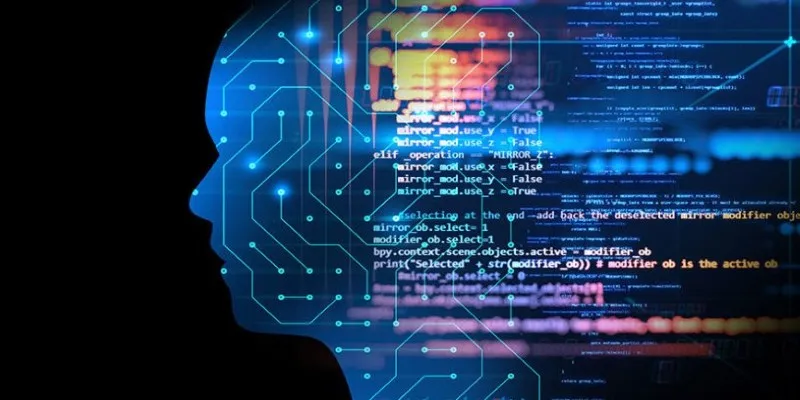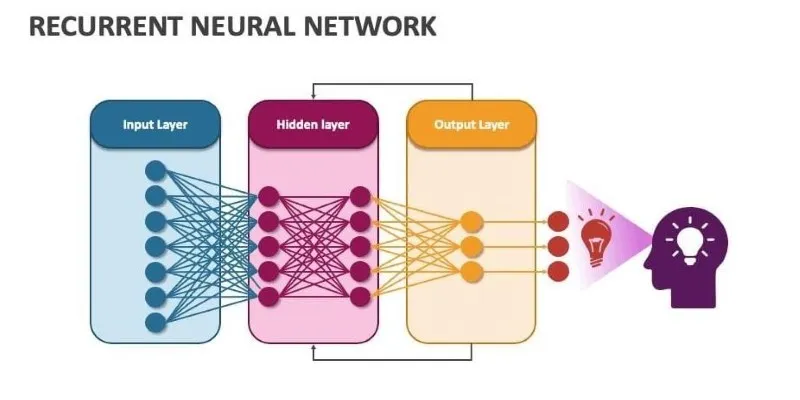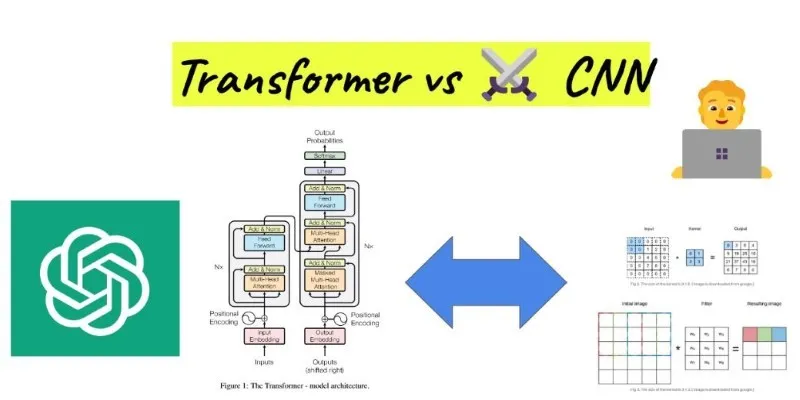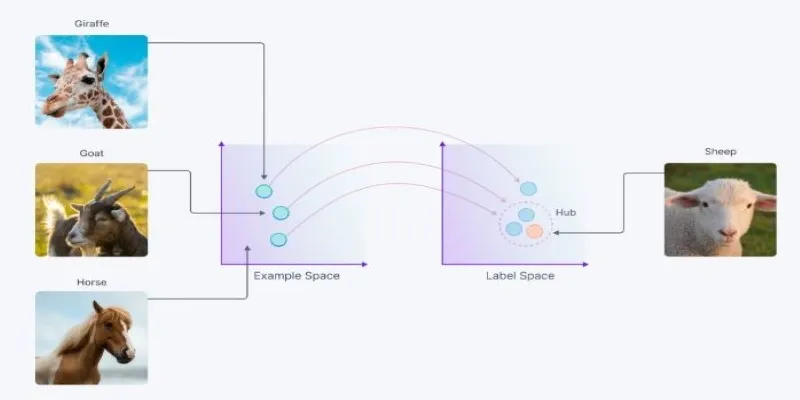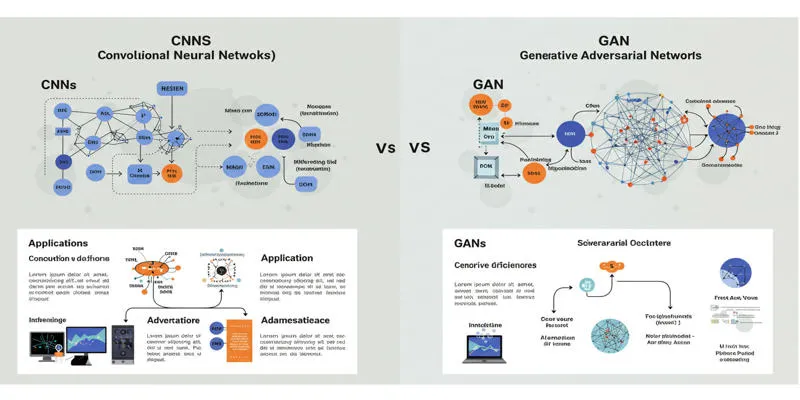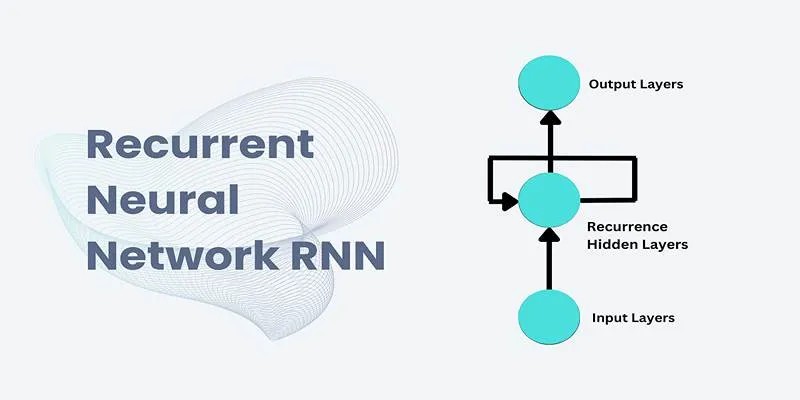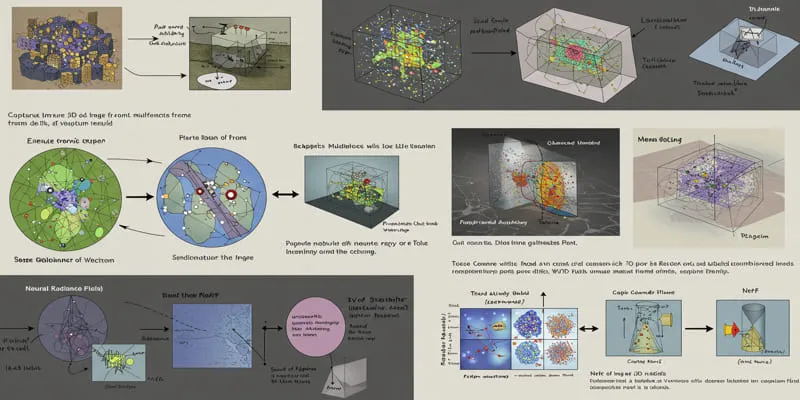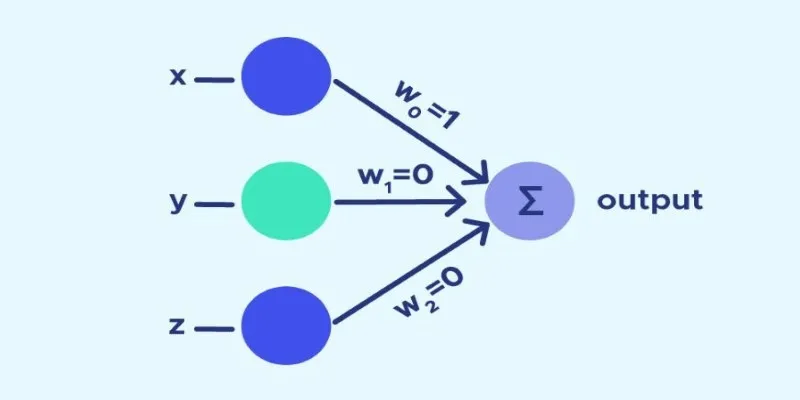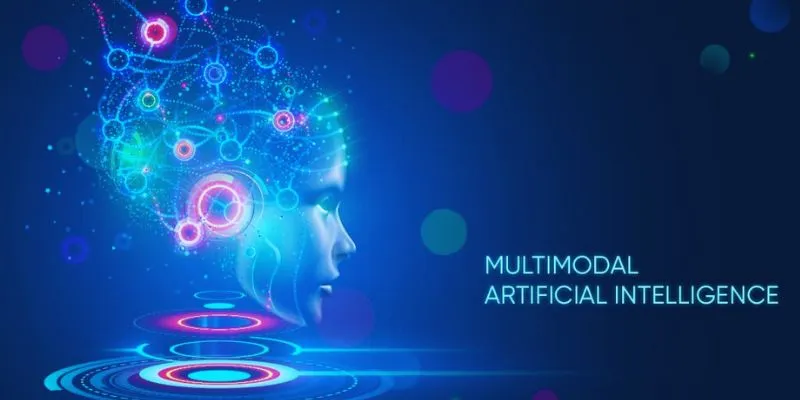Artificial intelligence (AI) has made remarkable progress, with machine learning being a key driver of its development. One of the most potent techniques in machine learning is neural network classification, which helps tackle complex problems by categorizing data into specific classes. This method emulates the human brain’s workings, allowing machines to learn and improve over time.
Neural network classification finds applications across various sectors, from healthcare and finance to autonomous vehicles and voice assistants. In this article, we will delve into the methods behind neural network classification, its applications, and its significance in today’s AI advancements.
What Is Neural Network Classification?
Neural network classification involves using a neural network to classify data into defined categories. Neural networks are a subset of machine learning algorithms modeled after the human brain’s structure and function. They consist of layers of interconnected nodes or “neurons” that process input data and generate an output.
These networks learn to identify different categories by being trained on labeled data. For instance, you can train a neural network to differentiate between images of cats and dogs. The network utilizes features in the data, such as ear shape or fur length, to classify new, unseen images as either cats or dogs.
The Methods Behind Neural Network Classification
Neural networks use various methods to perform classification tasks. The network’s structure is a critical aspect of neural network classification. Different types of neural networks are designed to handle specific data types and issues. The most commonly used types for classification tasks include:
Feedforward Neural Networks (FNN): These are the simplest neural networks, where information flows in one direction, from input to output. While useful for basic classification tasks, they have limited ability to handle complex data patterns.
Convolutional Neural Networks (CNNs): These networks are best suited for image and video recognition. They use convolutional layers to detect patterns like edges and textures, making them ideal for object detection and visual data processing.
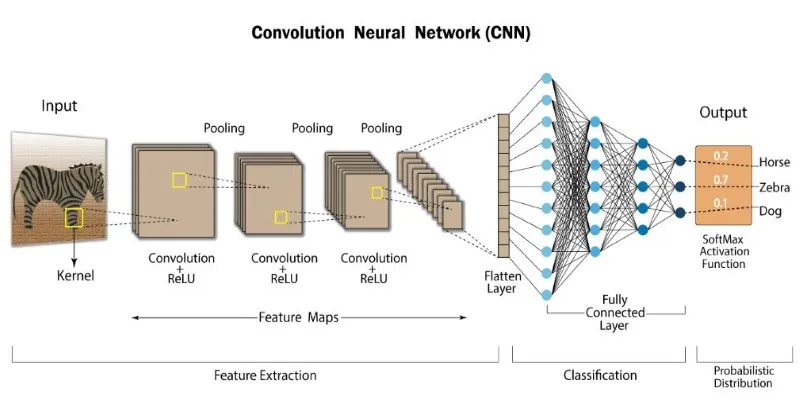
Recurrent Neural Networks (RNNs): These networks are designed for sequential data, where information loops to retain memory of previous inputs. They excel in tasks like speech recognition and time-series prediction.
Deep Neural Networks (DNNs): Comprised of multiple hidden layers, these networks capture intricate relationships within large datasets, making them suitable for high-level tasks like voice recognition and self-driving cars.
Each neural network type has its strengths and weaknesses, with the choice depending on the data and problem at hand. Regardless of type, neural networks undergo training to adjust neuron weights and biases, minimizing classification errors. This iterative process continues until the network achieves an acceptable accuracy level, enabling reliable predictions and classifications.
The Applications of Neural Network Classification
Neural network classification is not just theoretical—it’s actively used in numerous industries and applications. Let’s explore some real-world scenarios where neural networks are making a significant impact.
Image and Video Recognition
Neural networks are extensively used in image recognition, such as facial recognition and object detection in self-driving cars. Companies like Google and Facebook utilize them to automatically tag people in photos and categorize objects, improving the organization and analysis of visual data.
Medical Diagnosis
In healthcare, neural networks analyze medical images, like X-rays and MRIs, to detect abnormalities such as tumors or fractures. They can also predict disease likelihoods, such as diabetes or heart conditions, by evaluating patient data and risk factors, aiding early diagnosis and treatment.
Natural Language Processing (NLP)
Neural networks play a crucial role in NLP tasks, powering chatbots, voice assistants, and translation services. They classify text data to understand the meaning behind words, helping systems like Siri and Alexa interpret commands and provide relevant responses, making interactions more natural and efficient.
Financial Services
In finance, neural networks analyze large volumes of data to predict stock market trends, assess credit risks, and detect fraud. Their ability to identify patterns and make informed decisions helps financial institutions offer better insights, optimize investments, and enhance security.
Autonomous Vehicles
Neural networks assist self-driving cars in interpreting sensor data to identify road objects, such as pedestrians, vehicles, and traffic signs. By classifying this data in real-time, these systems enable safe navigation and decision-making without human intervention, contributing to autonomous transportation development.
Voice Recognition

Voice-controlled systems like Siri, Google Assistant, and Alexa use neural networks to process and classify spoken language. These networks convert audio to text, understand user intent, and respond accordingly, facilitating seamless voice interactions for tasks like setting alarms, playing music, or answering queries.
Gaming and Entertainment
In gaming, neural networks predict character behavior, adjust game difficulty, and generate content automatically. In entertainment, they recommend movies or music based on user preferences, creating a more personalized and engaging experience by tailoring content to individual tastes.
Why Is Neural Network Classification Important?
Neural network classification is crucial due to its ability to learn from vast data sets and make autonomous decisions. As data generation continues to increase, the demand for systems that can efficiently classify and analyze information is rising. Neural networks excel in quickly processing large datasets with high accuracy, making them invaluable in industries like healthcare, finance, and autonomous systems.
Unlike traditional rule-based systems, neural networks improve over time with continuous training, enhancing their predictive capabilities. This ability to “learn” from data sets them apart and makes them powerful tools for handling complex classification tasks.
Conclusion
Neural network classification is a powerful machine learning tool, transforming industries like healthcare, finance, and autonomous systems. While challenges like data requirements and computational power persist, its potential to revolutionize technology is evident. As AI evolves, neural networks will continue playing a critical role. By understanding their techniques and applications, we can appreciate AI’s progress and future potential. Neural networks are reshaping how we interact with data and technology.
 zfn9
zfn9
